Replacing your brake pads? Excited to hit the trails or the road with fresh stopping power? Hold up! New brakes don’t reach full performance straight out of the box. If you don’t bed them in correctly, you could lose up to 60% of your braking power—not something you want when you're bombing downhill or navigating tight corners!
Choosing the Right Brake Pads for Your Ride
Before we get into the bedding-in process, let’s talk brake pads. There are several types, and choosing the right one for your riding style can make a huge difference.

Shape Matters
Your bike's brake calipers determine the pad shape you need. Always double-check your existing pads before buying replacements—different calipers require different pad shapes and retention methods.
Organic vs. Metallic Pads
Brake pads come in different compounds, each with its own pros and cons. Here’s a quick breakdown:
Metallic (Sintered) Pads
✅ Pros:
- Excellent durability, especially in wet and muddy conditions.
- Withstand higher heat, making them great for long descents.
- Maintain consistent performance over time.
❌ Cons:
- Take longer to bed in.
- Can be noisy, especially in damp conditions.
- May cause more rotor wear over time.
Organic (Resin) Pads
✅ Pros:
- Faster bedding-in process.
- Offer great initial bite and smooth modulation.
- Quieter than metallic pads.
❌ Cons:
- Wear out faster, especially in wet conditions.
- Can glaze over, reducing braking power.
- Less heat resistance than metallic pads.
Which one should you choose? It depends on your riding style. If you ride in wet conditions or need long-lasting performance, go for metallic pads. If you prioritize smooth braking and quieter performance, organic pads might be your best bet.

How to Bed in Your New Disc Brakes
Once you've installed your new pads, the next crucial step is bedding them in properly. This process transfers an even layer of pad material onto the rotor, maximizing stopping power and preventing issues like vibration or noise.
The Bedding-In Process
For Mountain and Gravel Riders:
- Find a safe downhill stretch where you can build up speed without pedaling.
- Apply the brakes firmly until you reduce your speed by about 50%, but don’t stop completely.
- Release the brakes and repeat the process 20-30 times.
For Road Cyclists:
- On flat terrain, build up speed to a comfortable level.
- Firmly apply the brakes to slow down by half, then release.
- Repeat this 15-20 times.
Final Step: Let Them Cool
After the bedding-in process, allow your brakes to cool completely before your next ride. This step helps cure the pad material, ensuring a quieter and more effective braking experience.
Ride Confidently with Maximum Braking Power
Bedding in your brakes might seem like an extra step, but it’s essential for safety, performance, and longevity. Take a few minutes to do it right, and you’ll enjoy smooth, powerful braking every time you hit the road or trails. Now go ride with confidence—your brakes are ready to perform at their best!
































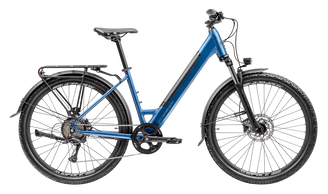





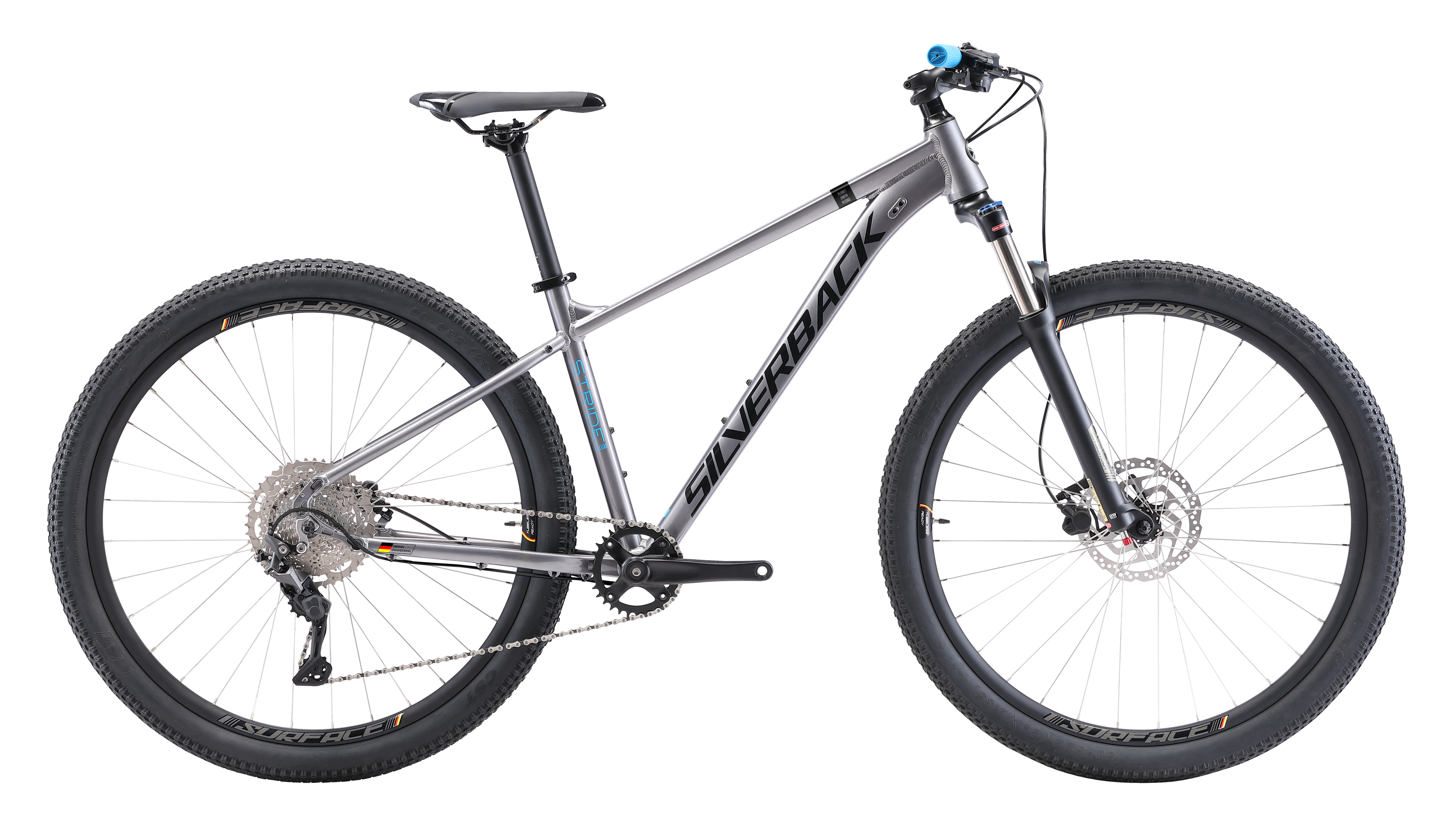
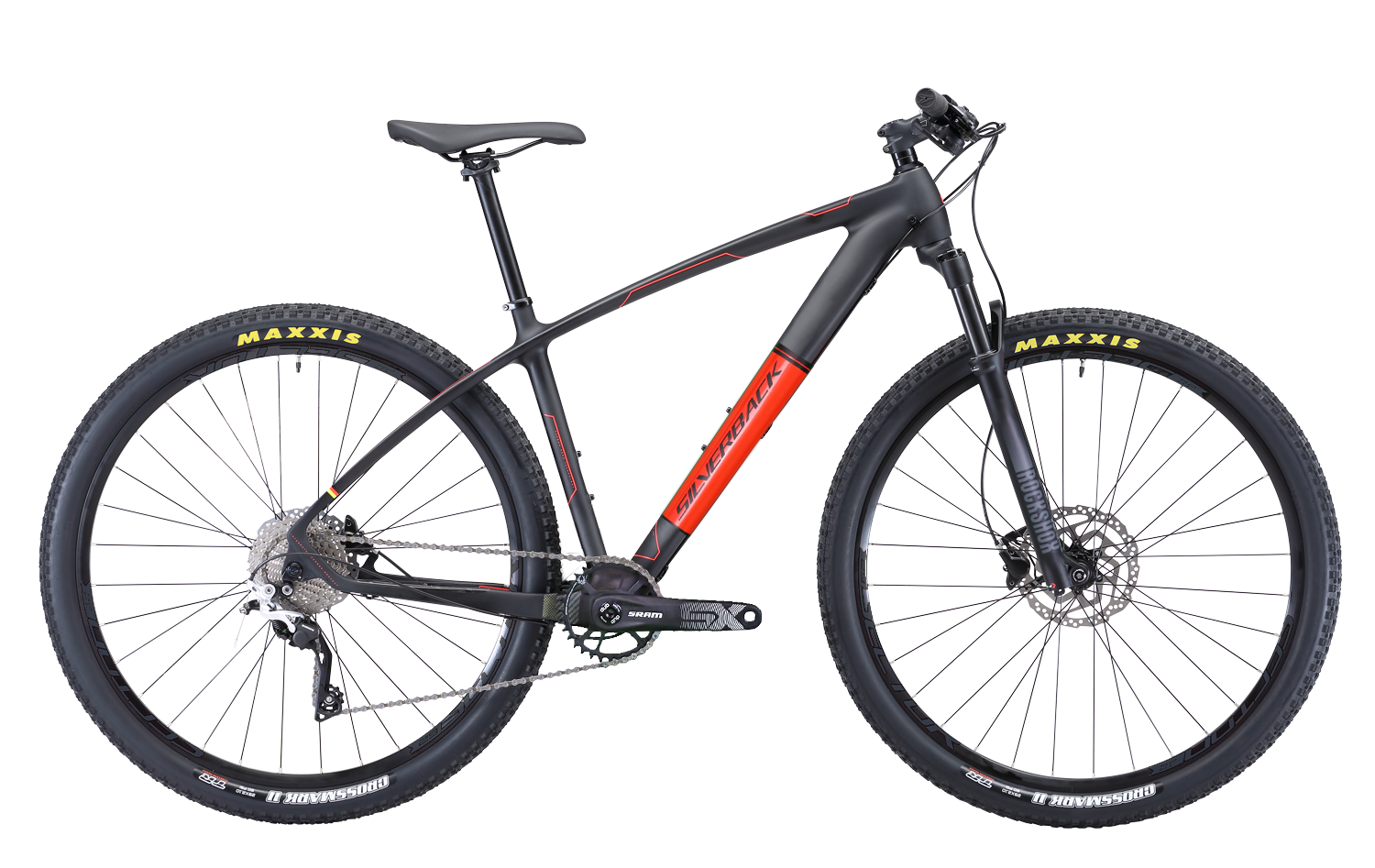



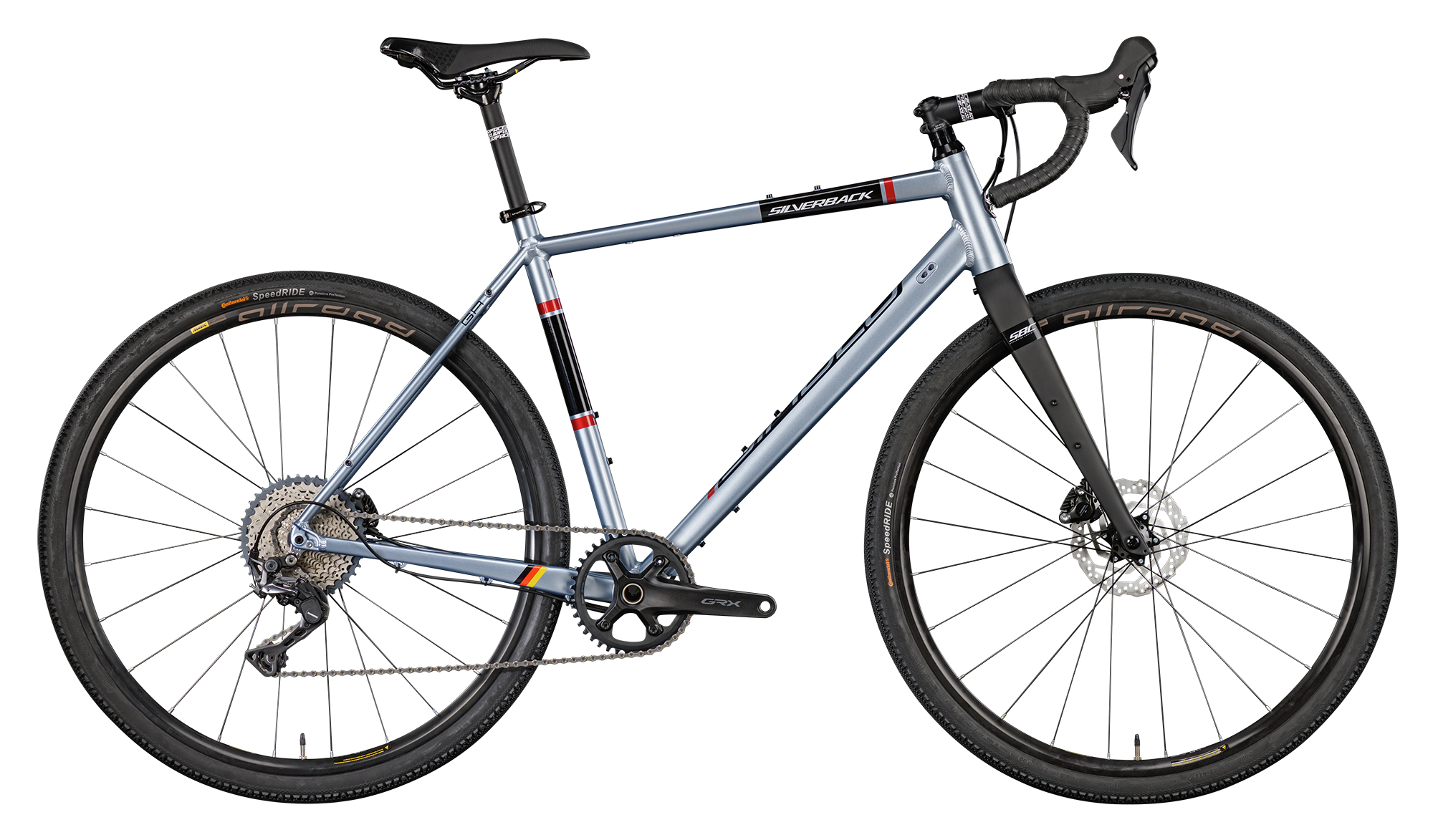




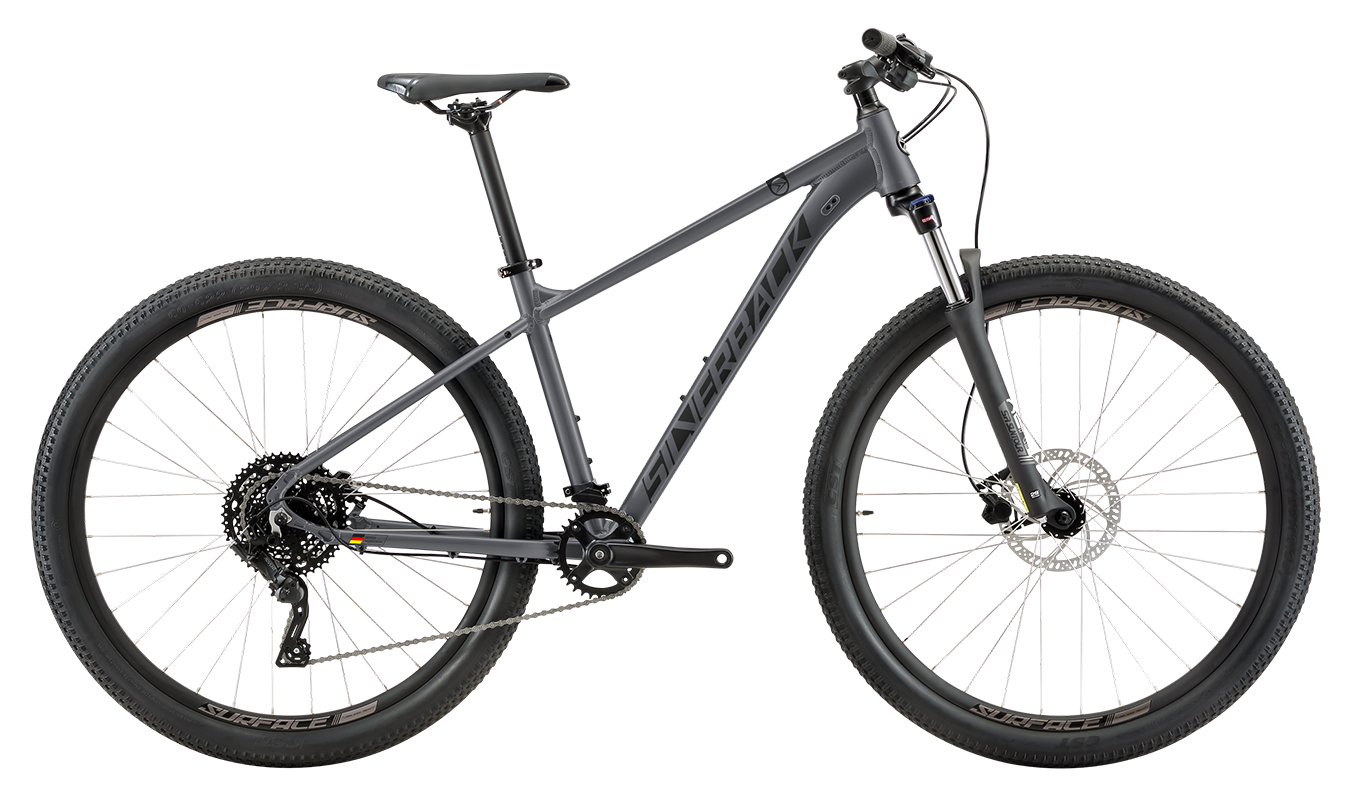
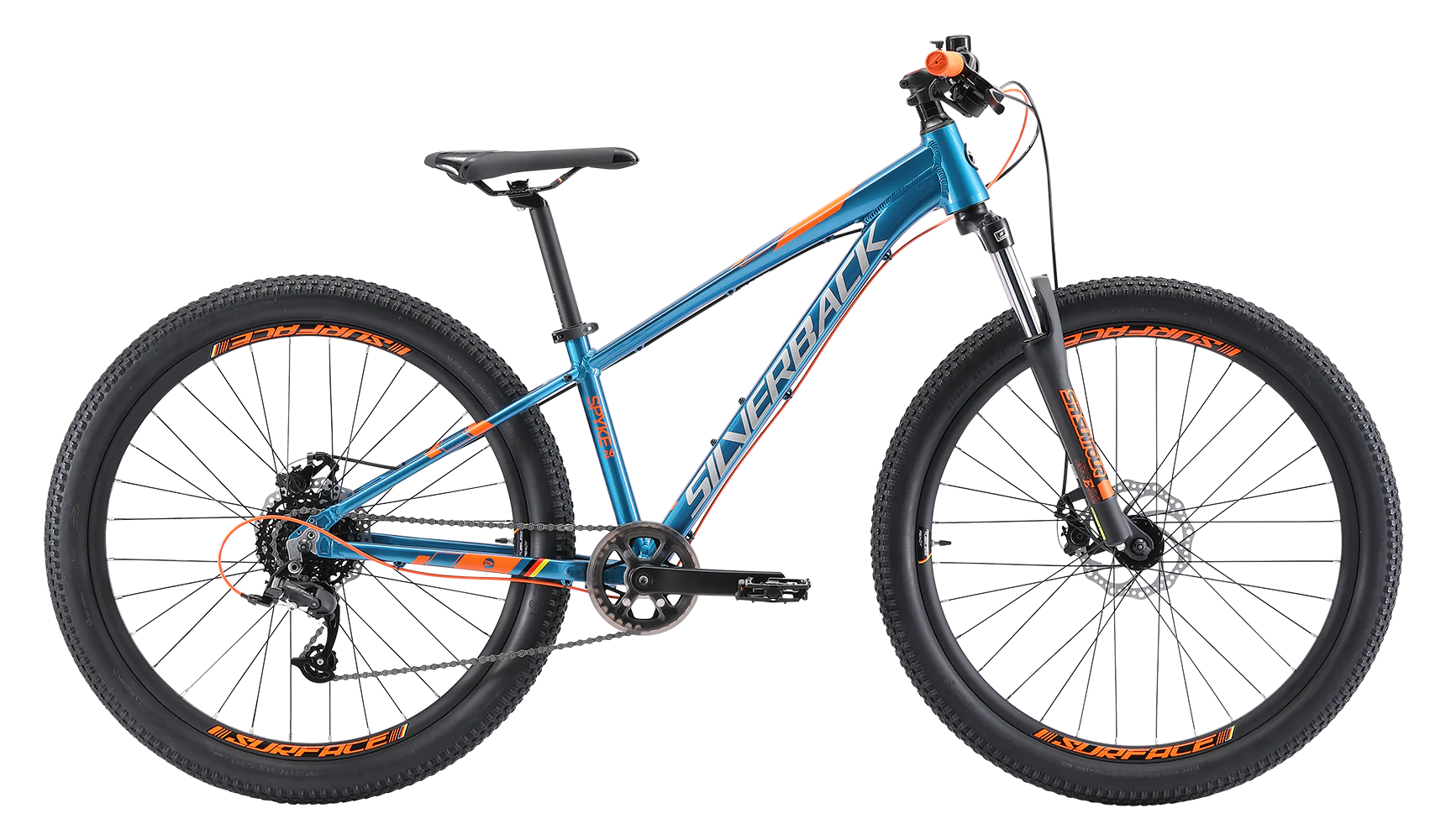



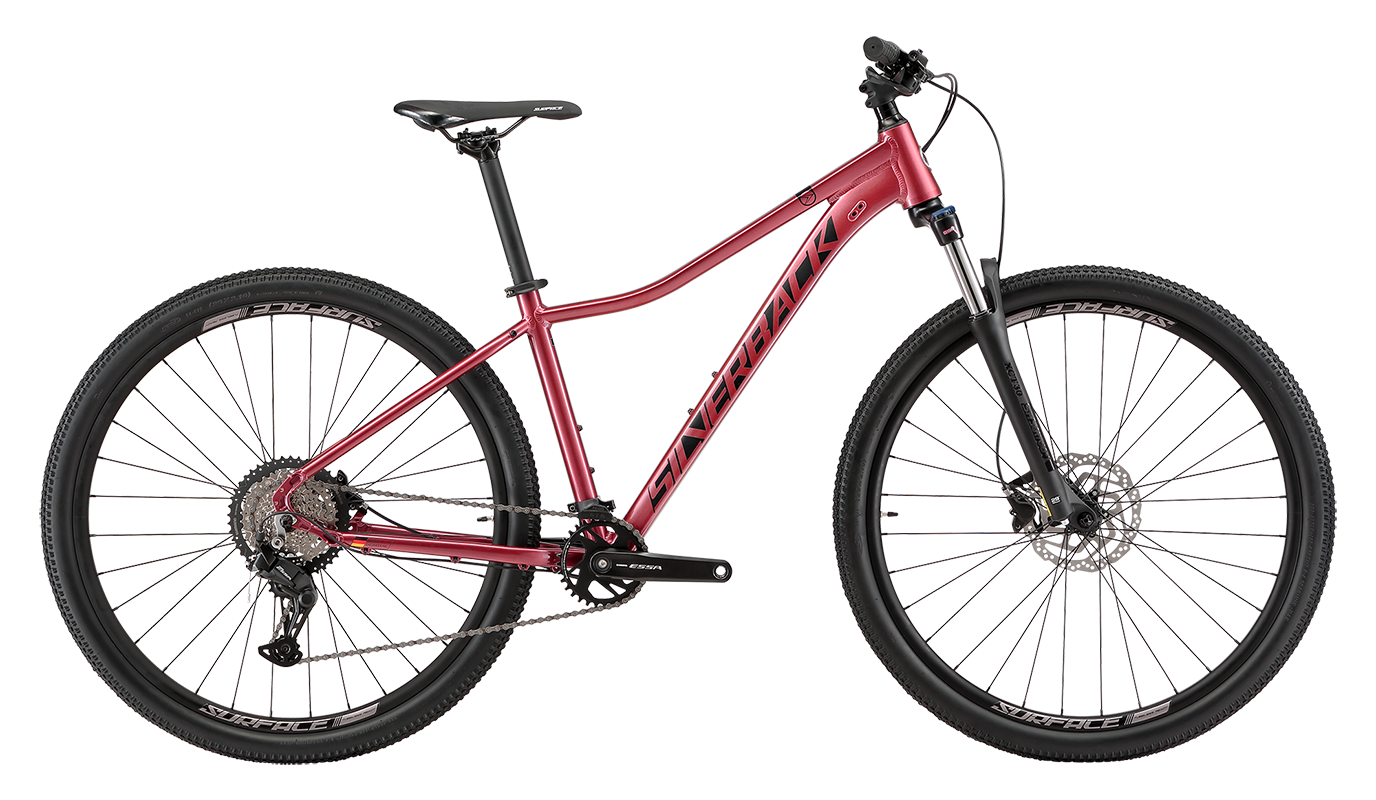
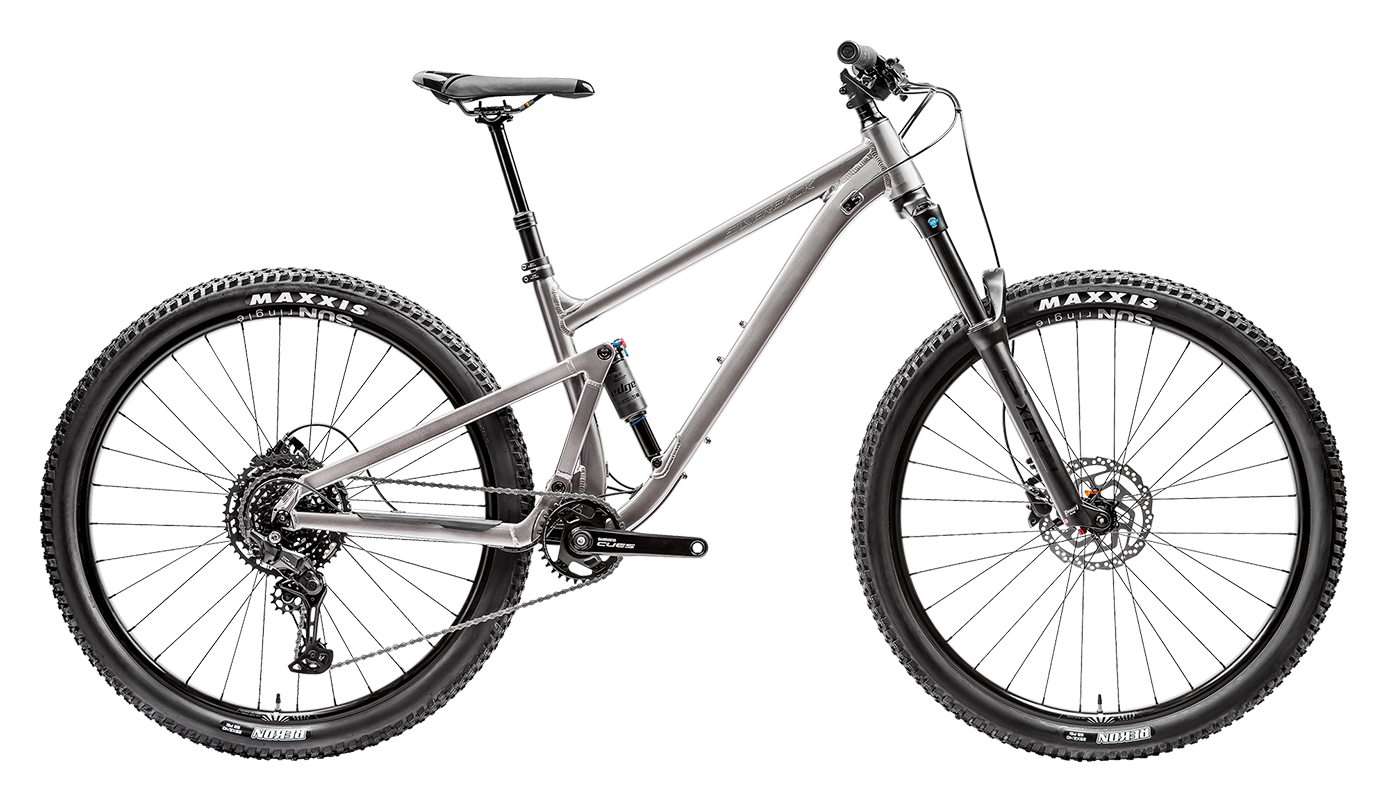
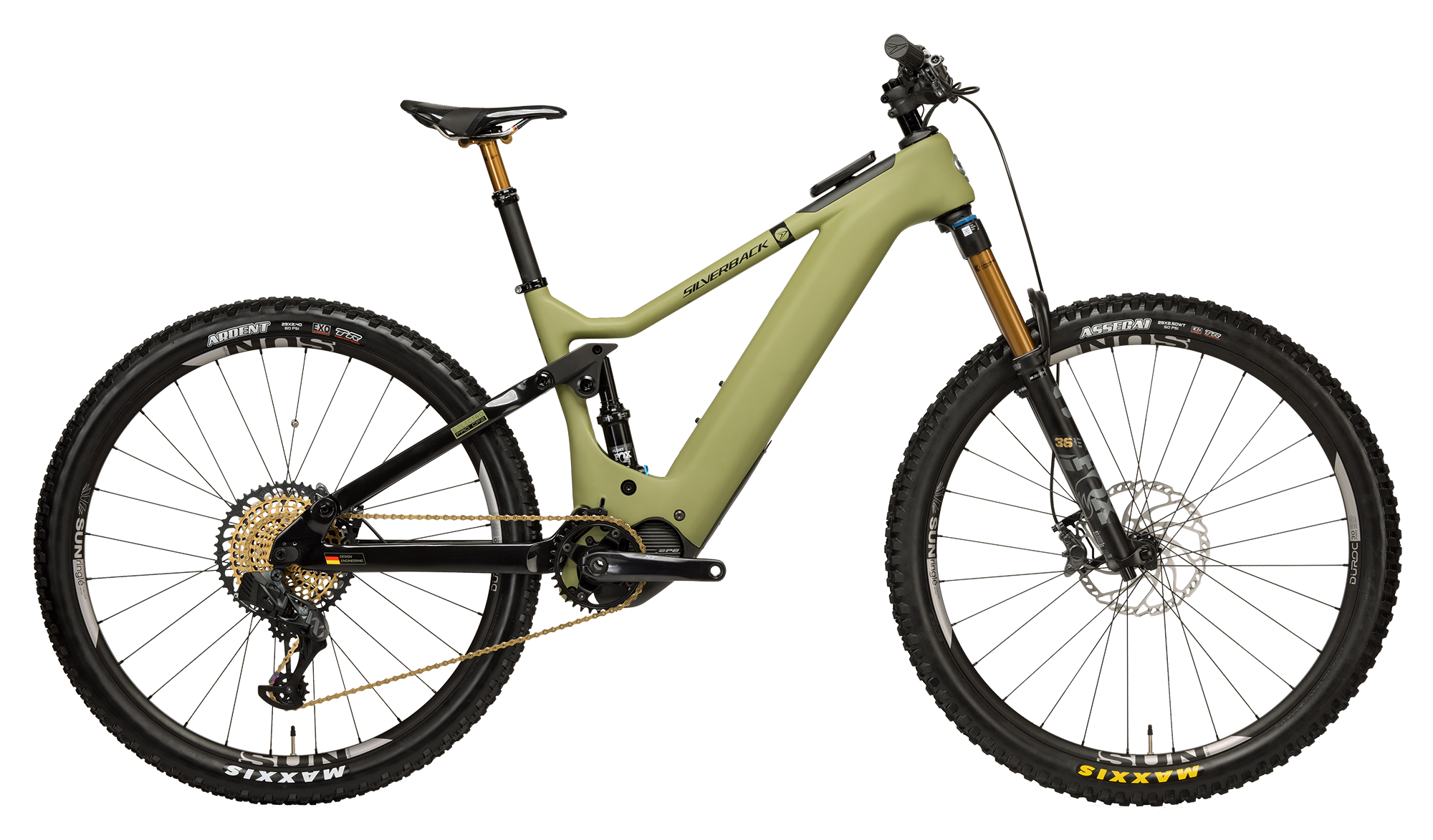
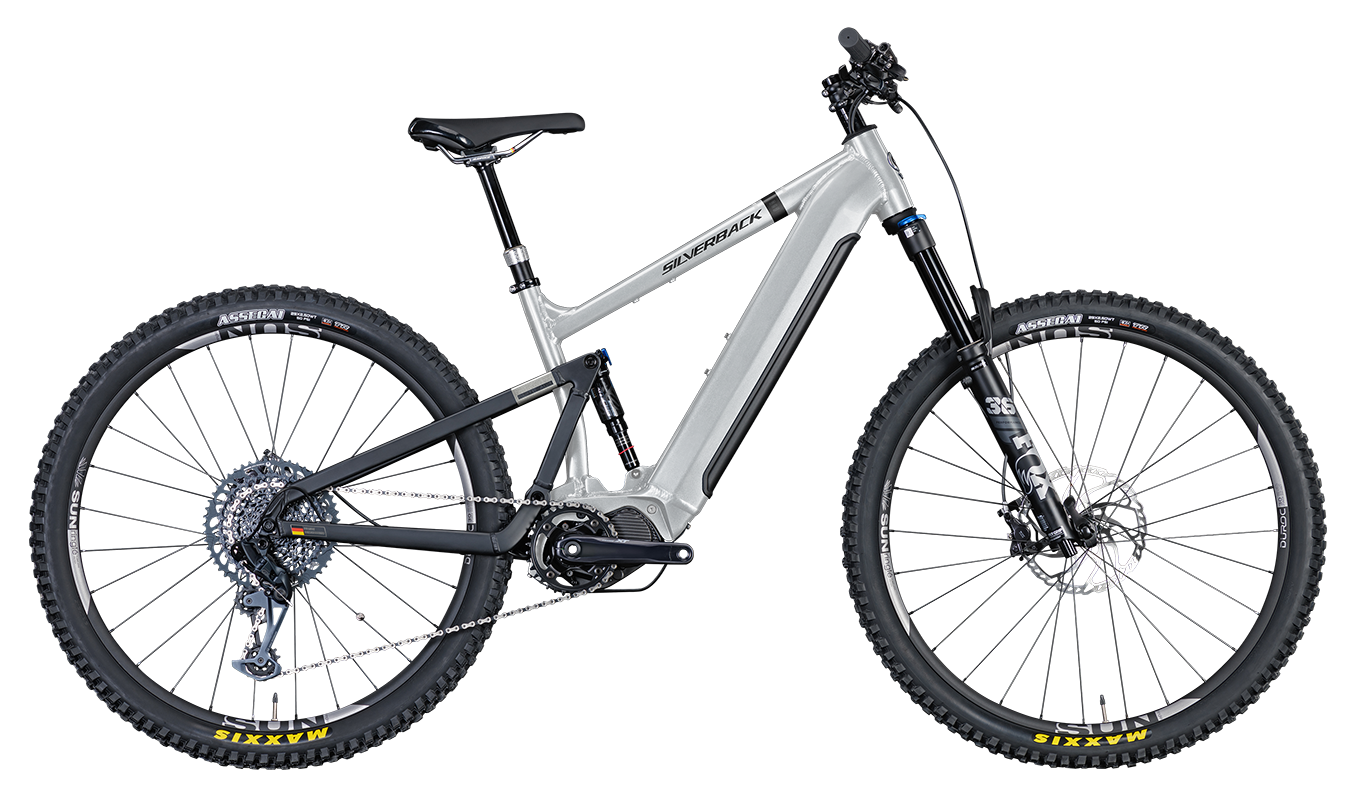


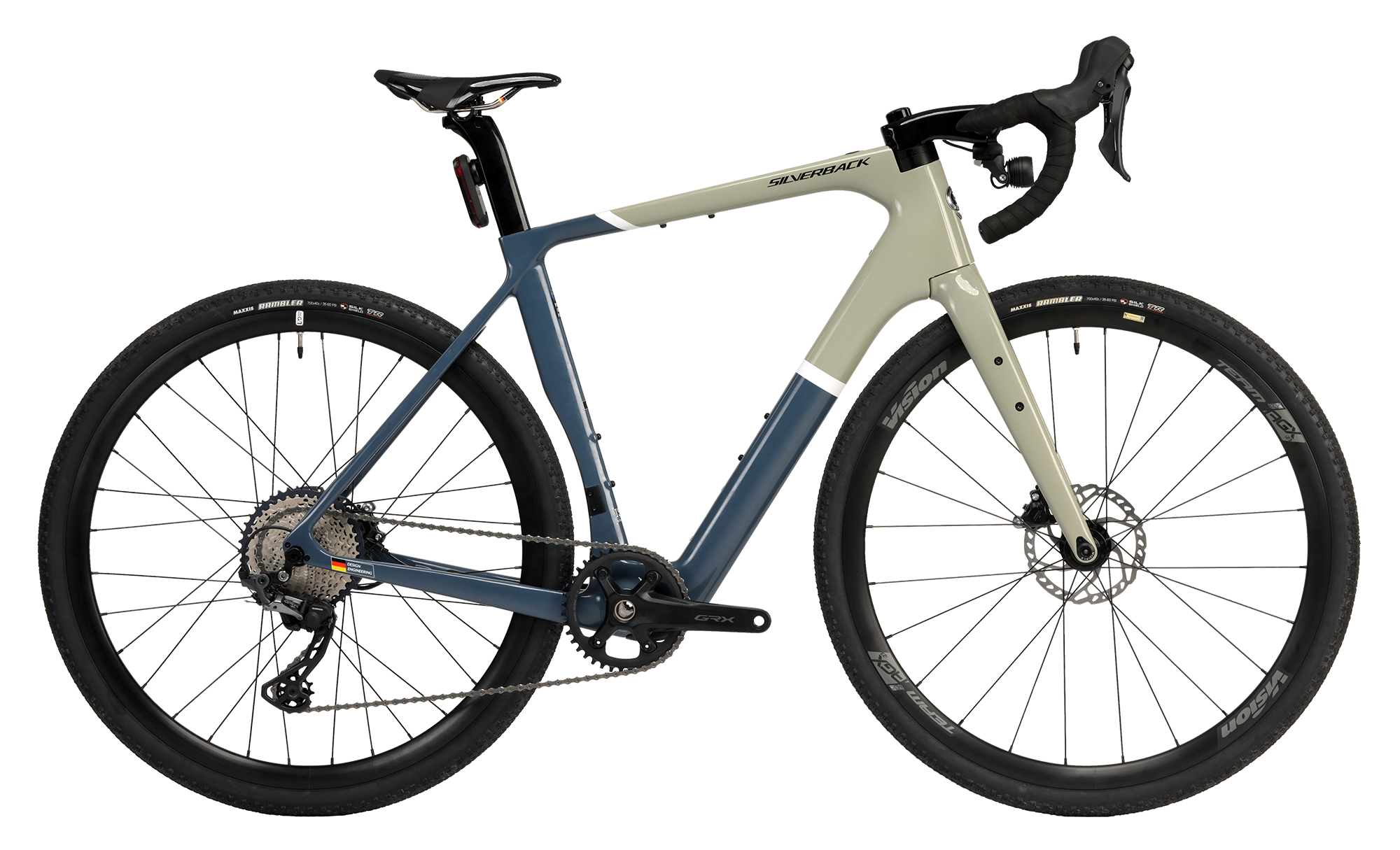



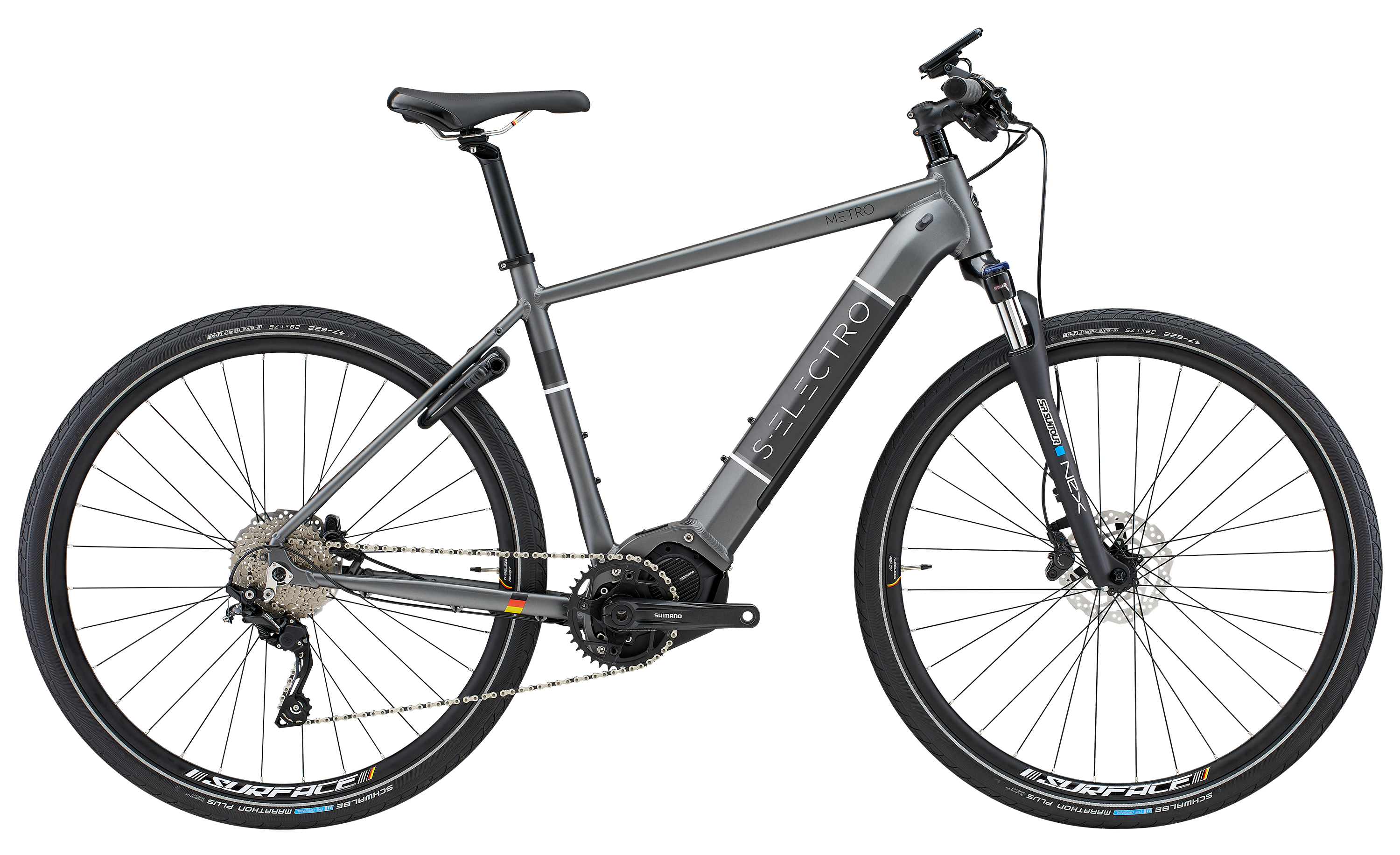
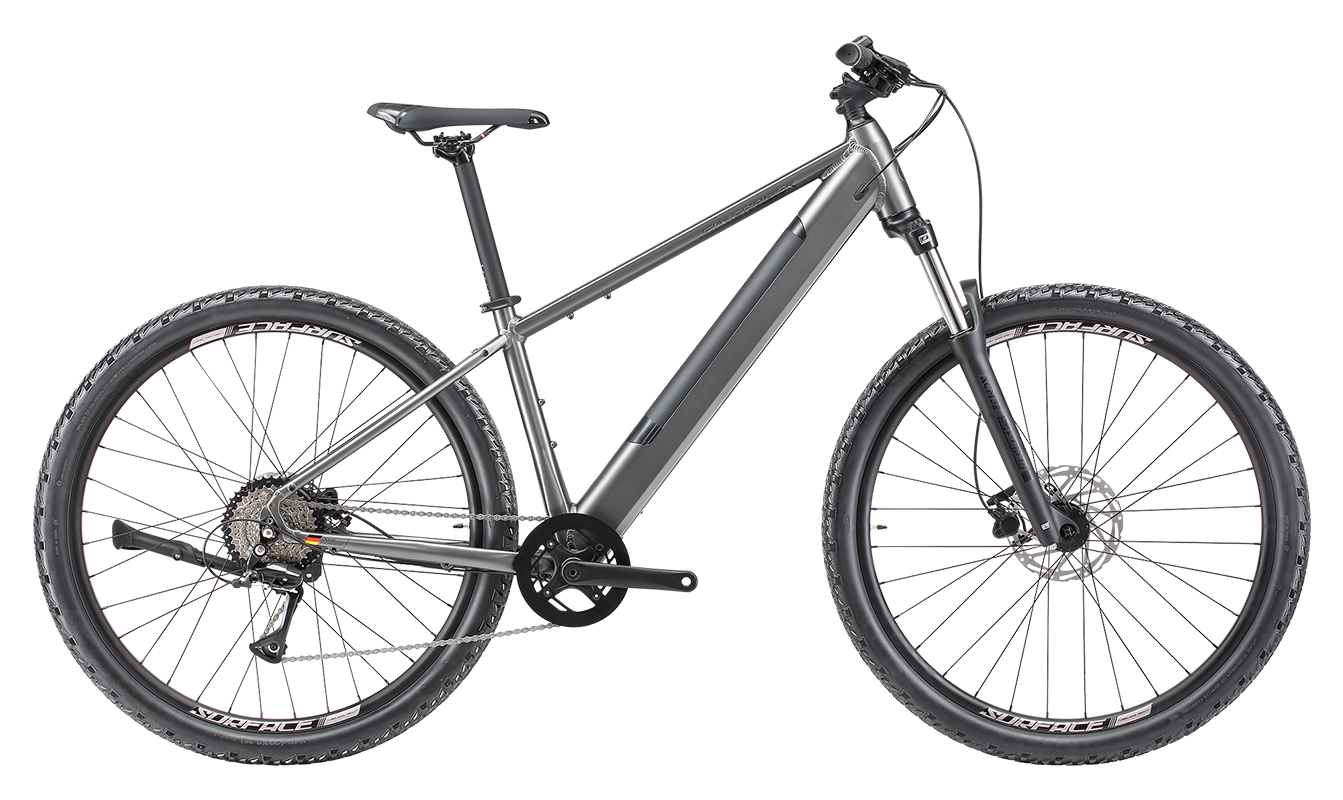
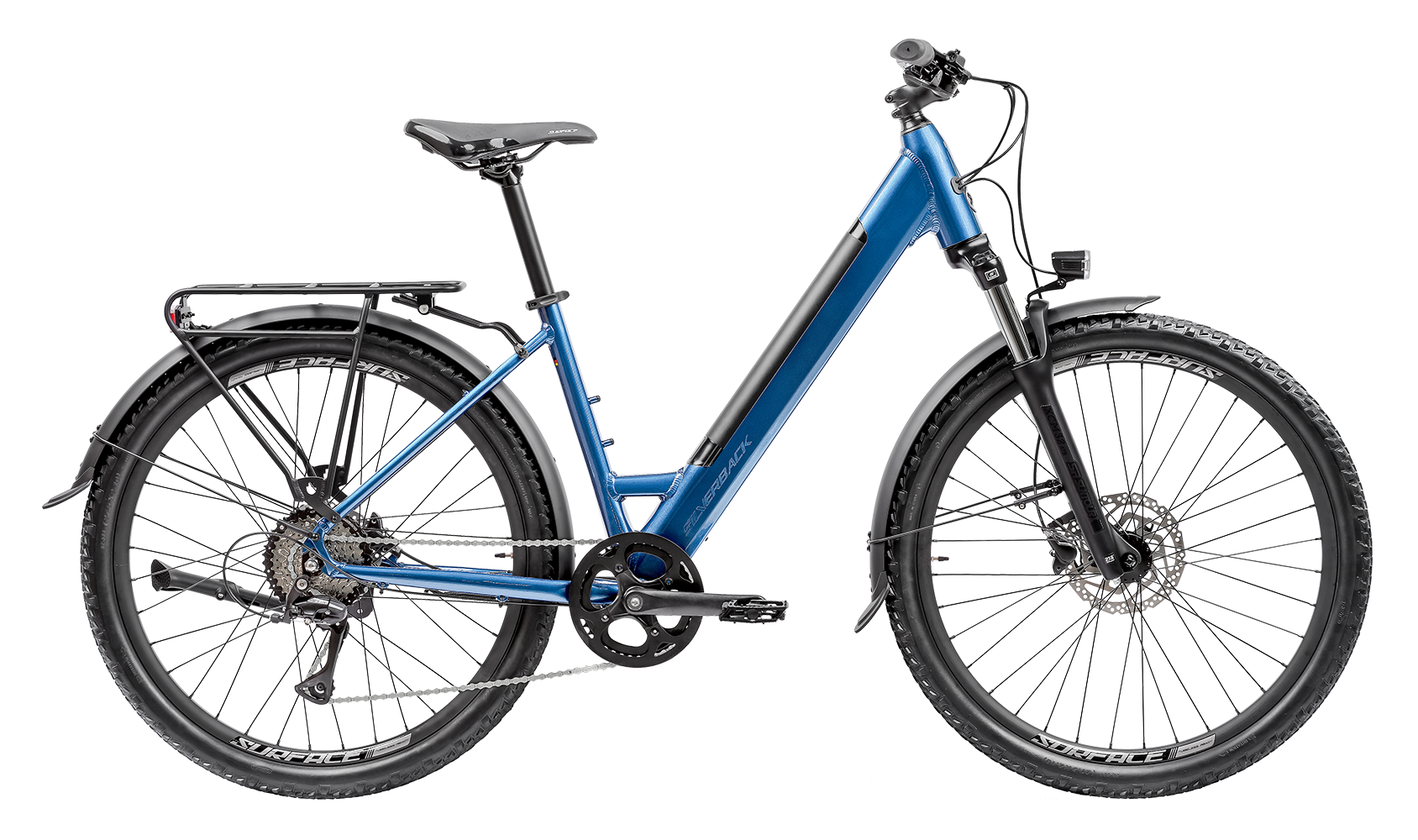










































Be the first to comment